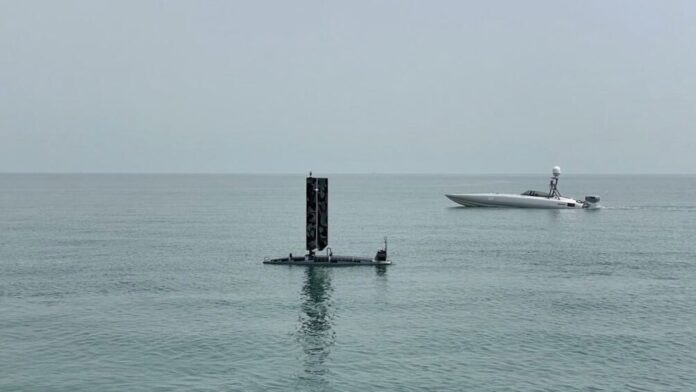By Takeo Imura*
Unmanned systems technologies possess great potential for changing the landscape of military operations. Today’s unmanned systems include aircraft, ground vehicles, and surface and subsurface vessels. How do they fit under the UN Convention on the Law of the Sea (UNCLOS)? (The Center for International Maritime Security.)


